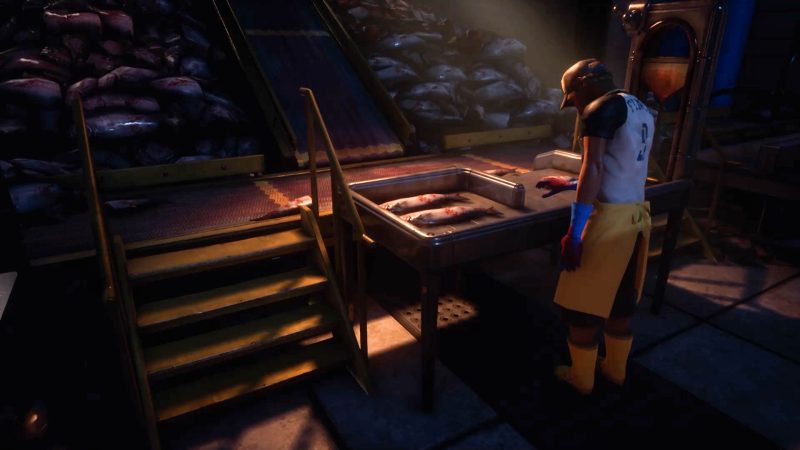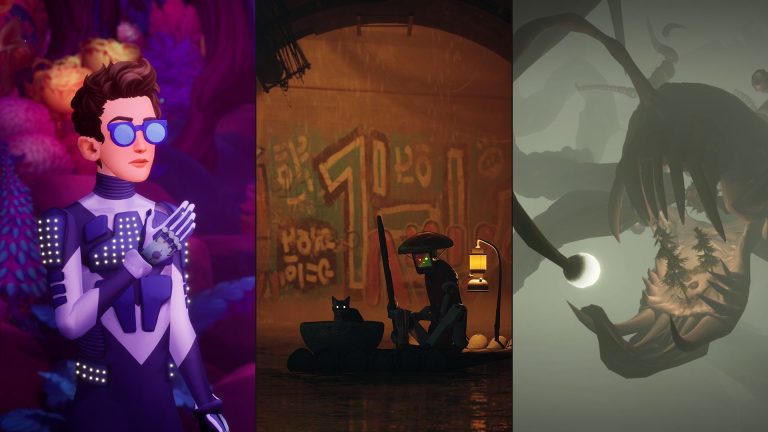Annapurna Interactive, one of the most prominent indie game publishers in recent years, just saw the entire staff of the gaming division, including senior leadership, part ways with the company following a dispute over the future direction of the interactive entertainment arm.
A subsidianry of the Annapurna Pictures, which recently brokered a deal with Epic Games (Jason Schreir confirms that this deal remains intact), Annapurna Interactive has championed the indie game scene since its inception in 2016. The publisher quickly gained a reputation for supporting innovative and critically acclaimed titles, with a roster including hits like Kentucky Route Zero, Outer Wilds, Neon White, and the breakout success Stray, the first day one release on PlayStation Plus Extra when it was introduced.
The mass and sudden exodus appears to have been triggered by the collapse of the negotiations between Annapurna Interactive president Nathan Gary and Annapurna founder Megan Ellison.
According to Bloomberg, sources close to the matter reveal that Gary had been in talks with Ellison to spin off the gaming division as an independent entity. However, when Ellison unexpectedly withdrew from these negotiations, it set off a chain reaction within the company.
Nearly 30 other employees followed Gary out the door, including division co-heads Deborah Mars and Nathan Vella, representing a complete gutting of Annapurna’s gaming talent pool, leaving the future of the division in question.
In a joint statement, Gary and the rest of the resigned staff expressed they did not make the decision lightly. Meanwhile, Annapurna Pictures has moved quickly, in an attempt to address the situation, with Megan Ellison releasing a statement affirming the company’s commitment to its existing slate of games and its intention to expand its presence in the interactive space. The company has appointed Hector Sanchez, a former Epic Games executive who had recently rejoined Annapurna, as the new president of interactive and new media.
Sanchez faces the daunting task of rebuilding the gaming division from the ground up. Reports indicate that he has already begun reaching out to partner developers to reassure them of Annapurna’s commitment to honoring existing contracts. The company plans to backfill certain roles and partner with third parties to fill gaps as needed.
However, the situation remains precarious for many indie developers with existing partnerships with Annapurna Interactive. The uncertainty has left many teams in limbo, unsure of the status of their projects or funding.

The collapse of Annapurna Interactive in its current form comes at a time when the broader gaming industry is facing numerous challenges, with Sony struggling to generate profit and looking for ways to make more money. The combination of rising development costs, longer production cycles, and increasing pressure to deliver blockbuster hits have put strain on both AAA and indie studios alike.
One of the glaring issues with the way the video game industry works right now is the focus on creating mega-games with ultra-high fidelity graphics and extensive playtimes has led to unsustainable development practices. The pressure to recoup massive investments has resulted in a risk-averse environment that often stifles the kind of creativity and innovation where Annapurna Interactive had carved out its niche. Sony is well-aware of this, which is exactly why hits like Astro Bot are such a big deal for the company as it tries to find ways to thrive as the costs of video game development go up.
As for the future of the departed Annapurna Interactive Team, their track record and industry connections suggests that they’ll find takers soon enough, possibly even in a regrouped new publishing entity. If this happens, it could help provide some form of continuity for some of the developers left scrambling following the collapse.

